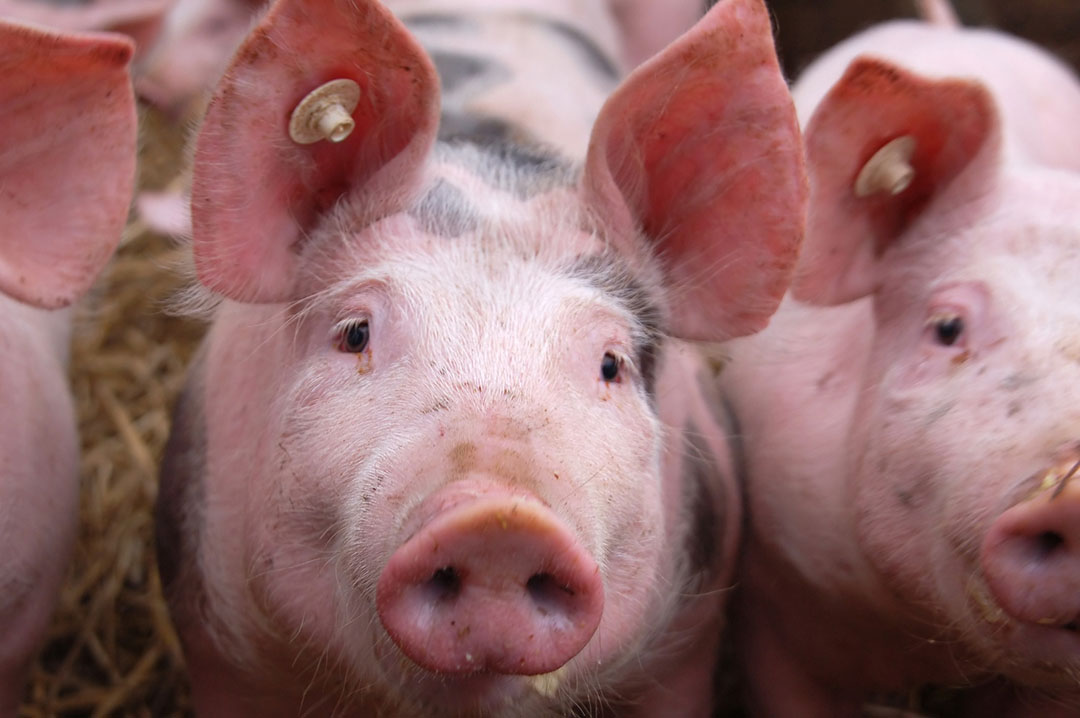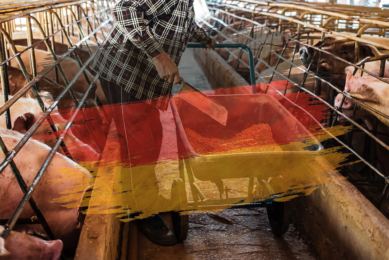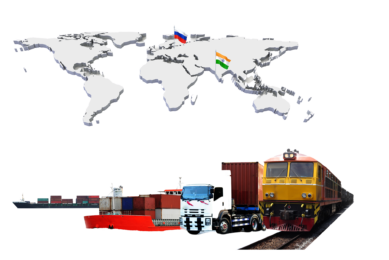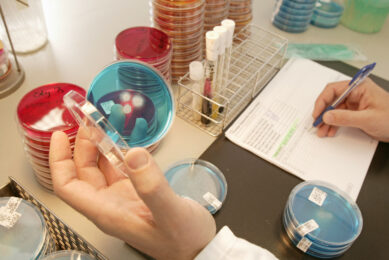China’s antibiotic plan and its effect on the feed industry

The Chinese government has launched a pilot programme that aims to eliminate the use of antibiotics in livestock feed by 2020. Implementation of this new policy will directly impact the feed industry.
This is according to Rabobank. The Dutch agro-food bank states that the aim to eliminate the use of antibiotics in livestock feed by 2020 is challenging but will also bring opportunities for upgrading China’s feed, animal health, and general livestock-farming industries. Anti-microbial resistance (AMR) has been a key concern for Chinese consumers for many years. Back in 2016, the Chinese government announced a national plan for 2017-2020 to tackle AMR. In 2018, the government’s next step was to launch a timetable for this plan, which aims to eliminate feed antibiotic usage by 2020. The government also designated 100 livestock farms as pilot farms for the programme.
Impact on animal feed industry
Implementation of this new policy will directly impact the feed industry. China’s feed players who can change the following aspects of their business will gain in the market:
- Feed formulation upgrading: Nutrition ratio and raw material composition are key for antibiotic-free feed. For example, better meeting the needs of animals at different growth stages will become more important. Companies will have to adjust the protein content to reduce the abnormal fermentation of undigested protein in the hindgut, which is harmful to animal intestinal health.
- Antibiotic substitution and R&D investment: The antibiotic ban in feed is expected to trigger growth of some feed additives like acidifiers and enzymes. This category is becoming more important and will be applied in feed, catering to the trend of antibiotic replacement and contributing to improved nutrition digestion and promote growth.
- Feed production management is also critical: it allows feed manufacturers to reduce pollution by harmful micro-organisms. Manufacturers should pay more attention to raw material procurement to ensure quality and supply stability. In addition, they need to upgrade feed processing technology and drive formulation change.
Along the way, Rabobank expects further consolidation in the feed industry.
Novel products are crucial in animal health
A number of animal health companies that have feed antibiotics at the centre of their business model need to transition as soon as possible or else be soon wiped out of the market. Large-scale industry consolidation is expected. Among antibiotic substitutes, the Ministry of Agriculture and Rural Affairs has pointed out Chinese medicine and probiotics as likely candidates for new product research. Generally, market users are calling for new products as what’s available is not satisfactory.
The livestock farming sector has the biggest challenge
Biosecurity awareness is already picking up in China as a result of the 2018 African Swine Fever (ASF) outbreaks. However, biosecurity practice is still weak, due to high stocking density, poorly equipped housing, and weak management. To prevent disease infection in short term, more antibiotics are being applied, which favours the evolvement of antimicrobial resistant bacteria in the longer term. Due to the complex disease situation in China, Rabobank expects that the antibiotic reduction programme will lead to higher mortality rates, lower feed conversion rates and higher production costs, similar to what we have seen in some European countries in the early years of their antibiotic reduction programme. In the coming years, antibiotic usage on farm is expected to decrease and disease outbreaks may hit the sector even harder. This will put a lot of pressure on those farms that have no proper biosecurity, and favour those with better biosecurity and farm management. Industry investment will focus on hardware improvement, such as housing, equipment, and software, as well as on husbandry practice. Nevertheless, the Chinese government’s antibiotic reduction plan provides a time window for all industry participants to embrace challenges and opportunities. This is a critical time for the entire supply chain.
Source: Rabobank











